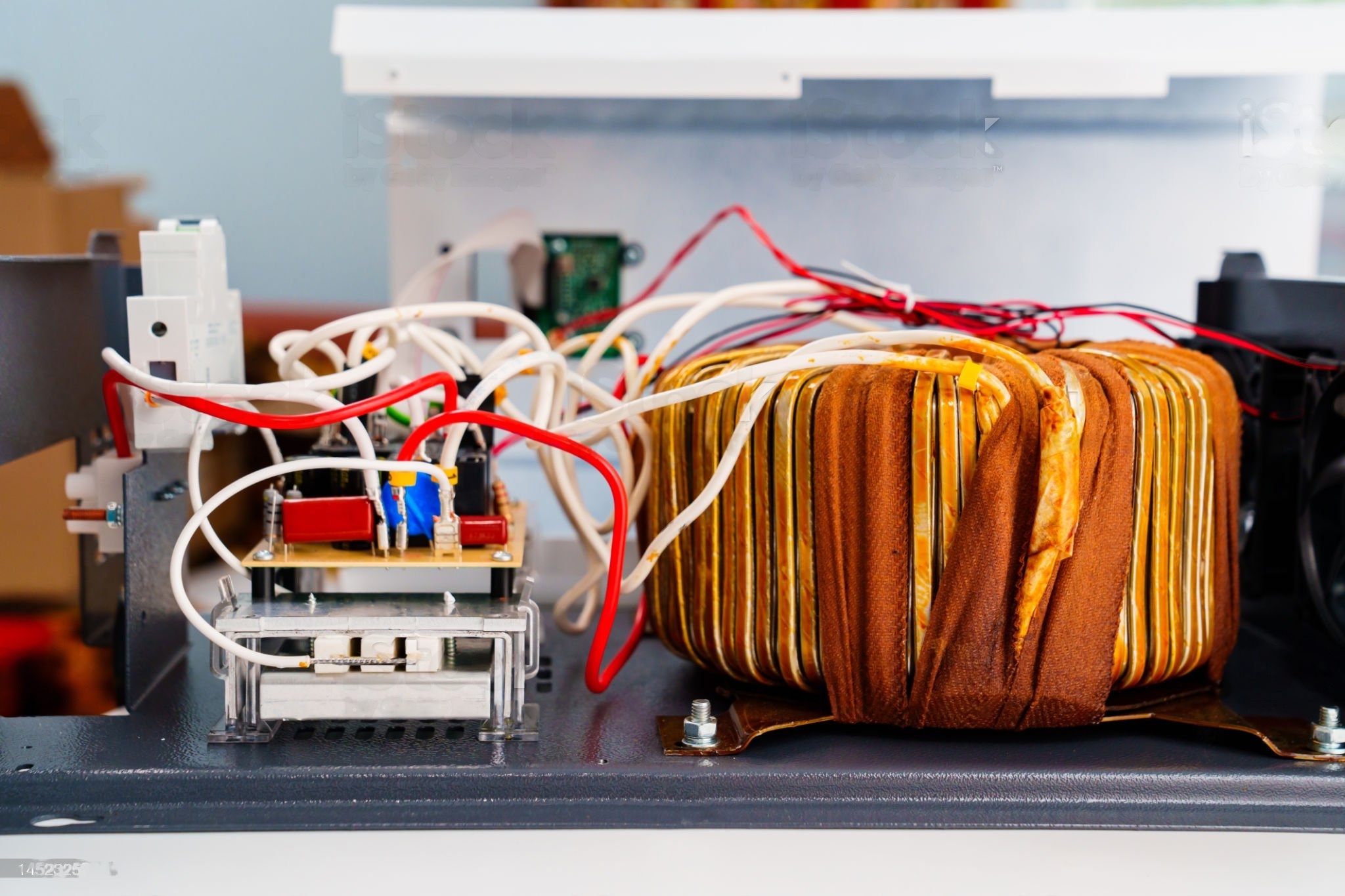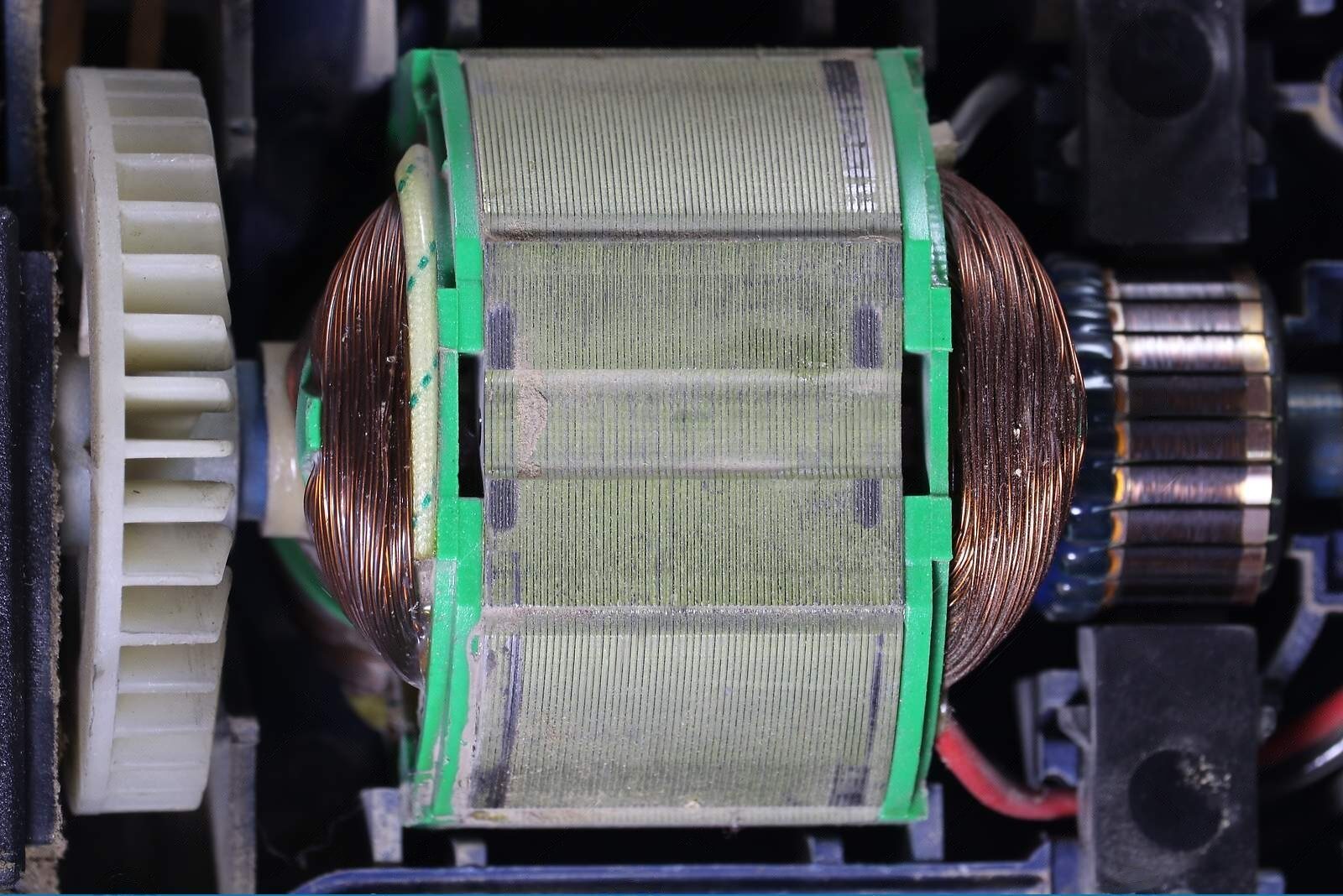Transformer stability is crucial for the reliable operation of power systems. One essential aspect of maintaining stability involves conducting differential stability tests. These tests assess the healthiness of the differential current transformer (CT) circuits responsible for protecting equipment within the transformer’s zone. By monitoring fault conditions and tripping power circuits accordingly, this scheme safeguards against internal faults, reducing the risk of equipment failure and potential catastrophic outcomes. In this article, we will delve into the transformer stability test procedure and outline the necessary steps for verifying the effectiveness of the differential protection scheme.
Objective: Assessing Healthiness and Maintaining Stability
The primary objective of the differential stability test is to ensure the reliability and effectiveness of the differential CT circuits in protecting the equipment within the transformer’s zone. By distinguishing between in-zone and out-zone faults, the differential protection scheme can respond swiftly and accurately to fault conditions. If an internal fault persists within the zone, it can lead to severe consequences or equipment failure. Therefore, it is vital to verify and validate the stability of the protection scheme to maintain optimal performance.
Verification of Differential Scheme Stability: Step-by-Step Procedure
To verify the stability of the differential CT circuits, the following test methods and steps are adopted:
- Calculating the Current: Determine the current generated during the differential stability test by utilizing the percentage impedance (% z) voltage and selecting an appropriate power source to supply the current.
- Applying HV Side Supply: Apply a 440 VAC supply from the high-voltage (HV) side of the transformer, ensuring that the primary CTs are included in the circuit.
- Shorting Transformer Secondary Side: Short the three phases of the transformer’s secondary side using a current-carrying cable of sufficient capacity, positioned after the secondary CTs. By implementing steps 2 and 3, the differential CTs will be subjected to the load and fault currents.
- Setting the Differential Relay: Before commencing the stability test, configure the differential relay settings according to the calculated values, considering the CT ratio correction factor and vector correction factor.
- Measuring Secondary Currents: Record the secondary currents of the primary and secondary CTs, bias currents, relay currents, restrain currents, and operate currents from the relay measuring menu. During the stability condition, the magnitudes and vectors of the primary and secondary currents should match. Furthermore, no current should pass through the operating coil of the relay. For more specific details, refer to the Stability Test Report and relevant drawings.
Conclusion
The transformer stability test procedure plays a vital role in ensuring the effectiveness of the differential protection scheme. By accurately assessing the healthiness of the differential CT circuits, this procedure safeguards in-zone equipment from internal faults while maintaining the stability of the overall protection system. Conducting these tests periodically and adhering to the outlined steps ensures the reliable and uninterrupted operation of power systems, minimizing the risk of equipment failures and their associated consequences.
Remember, a well-maintained and thoroughly tested transformer stability system not only enhances the overall reliability of power networks but also contributes to the safety and longevity of critical equipment.


